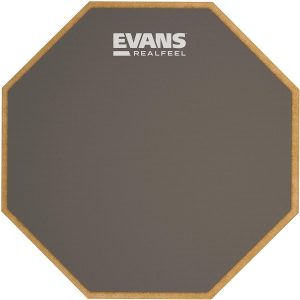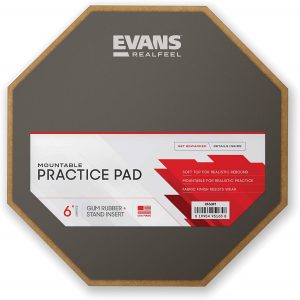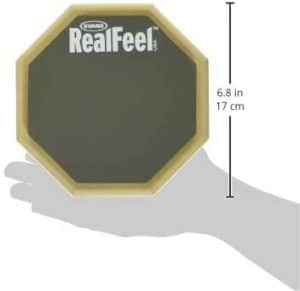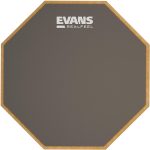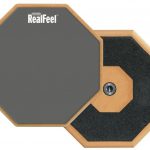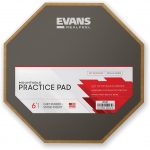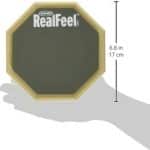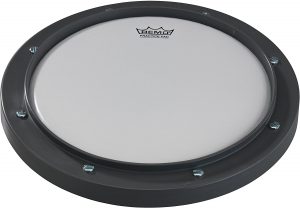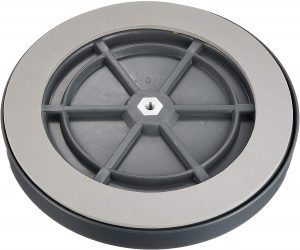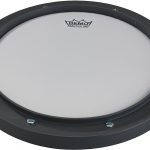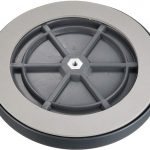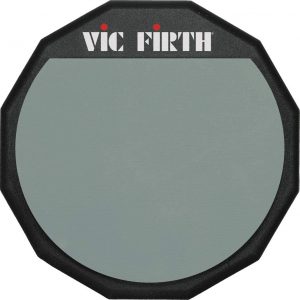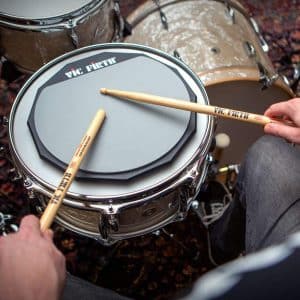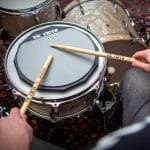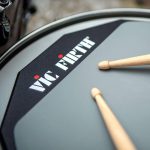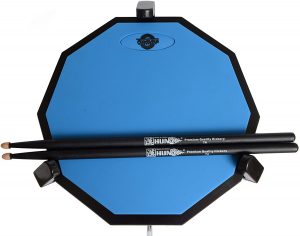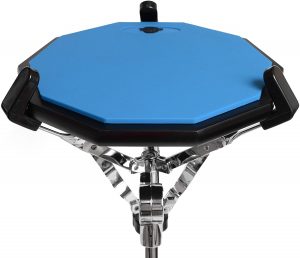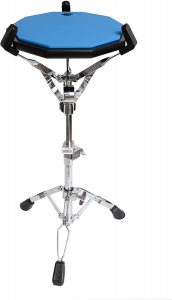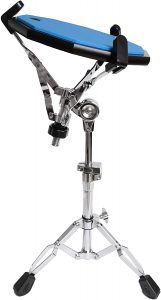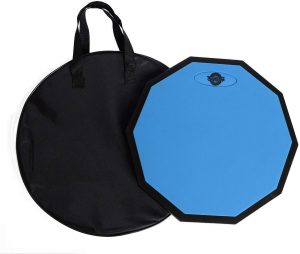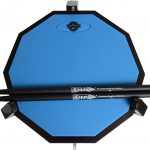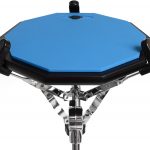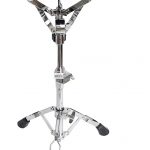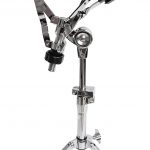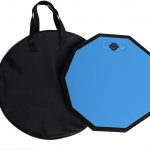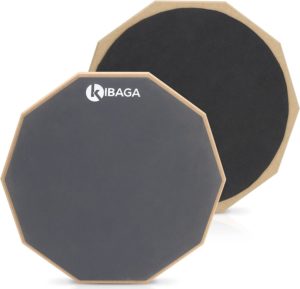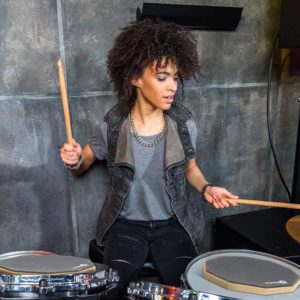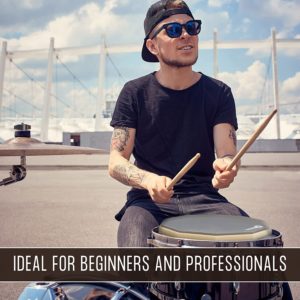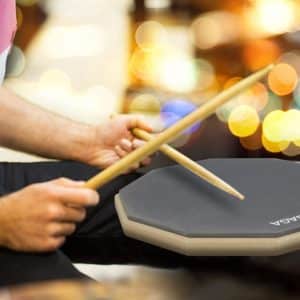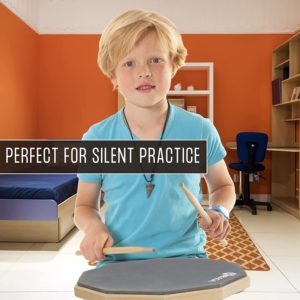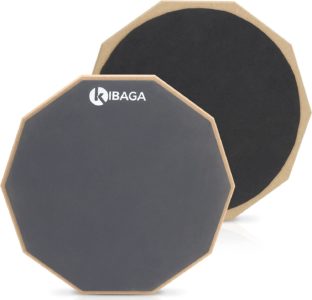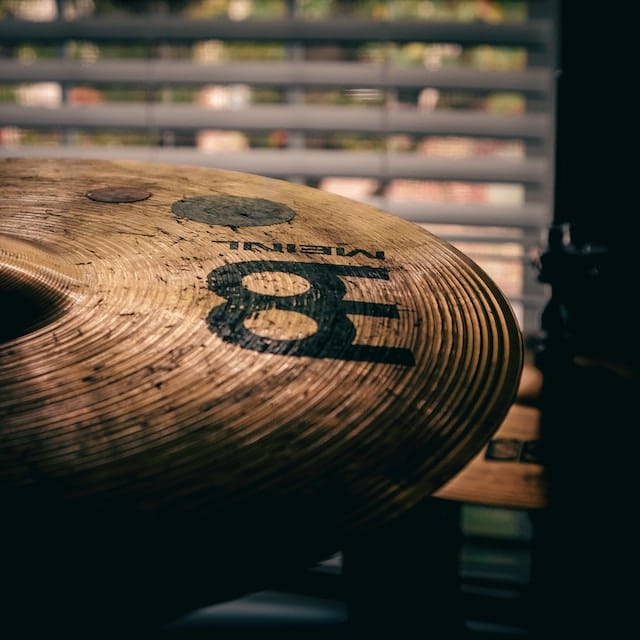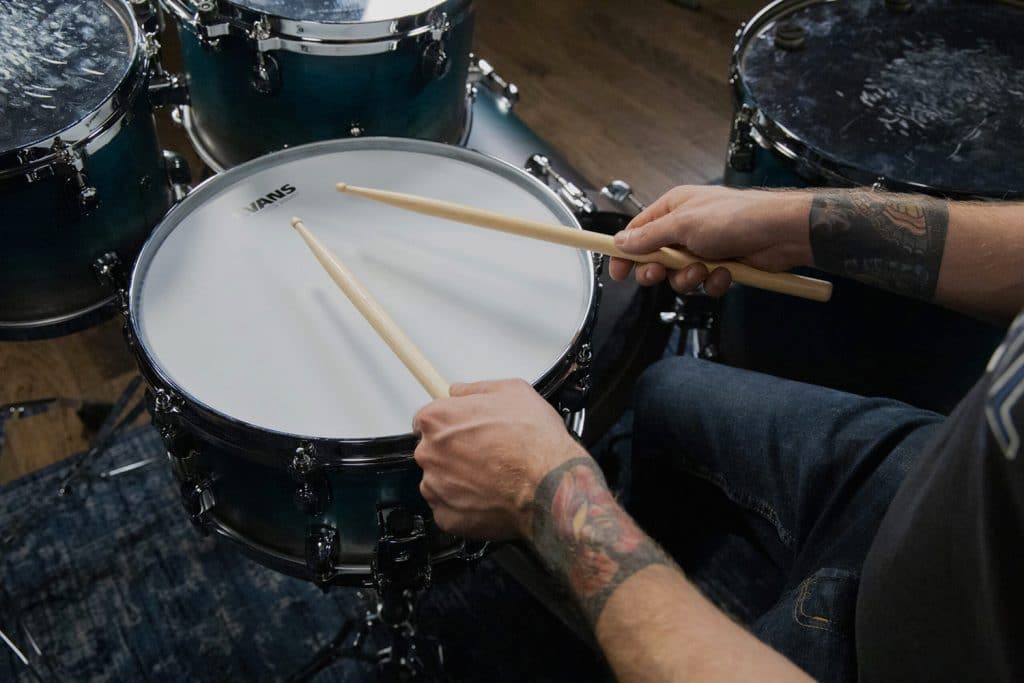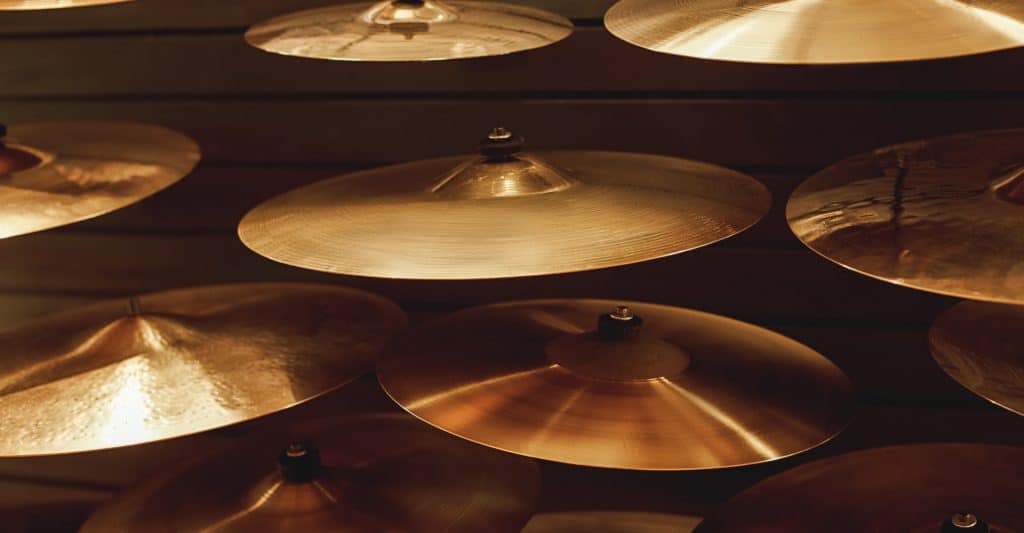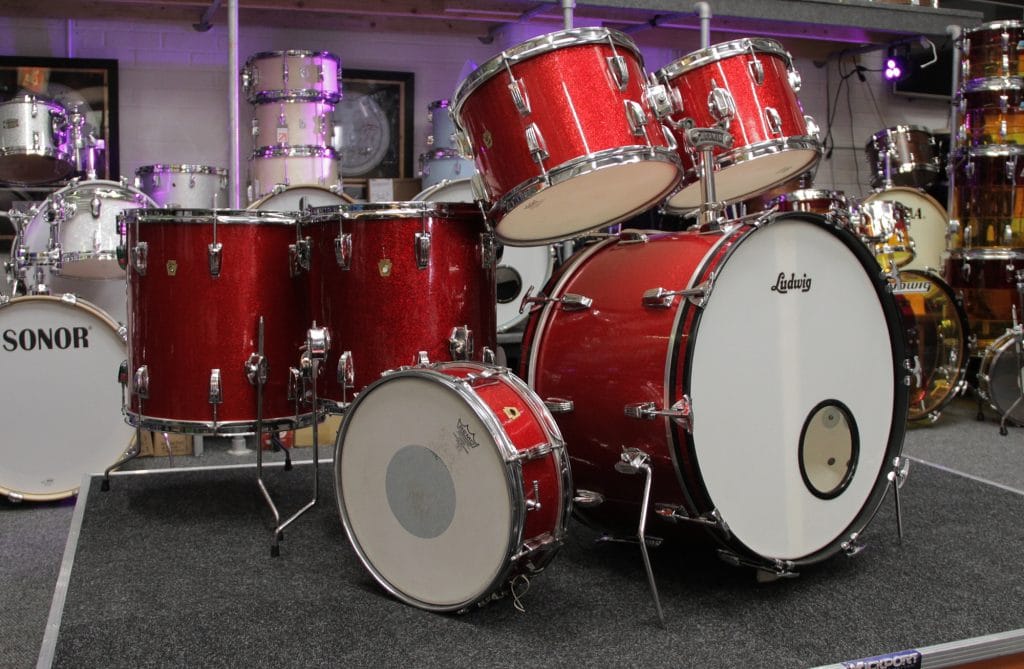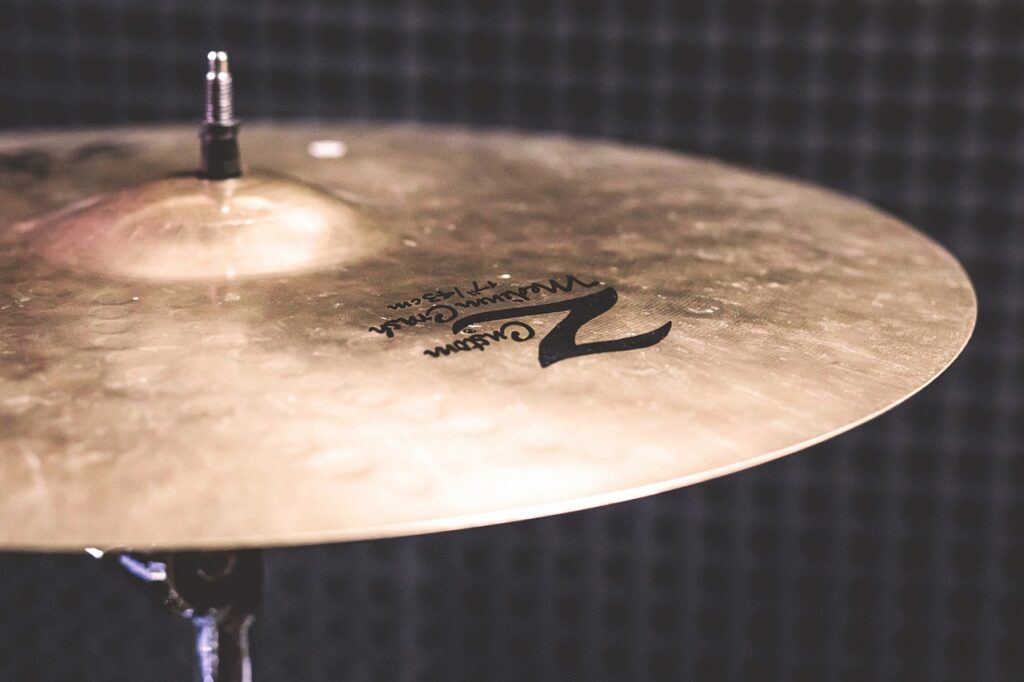What is actually a drum practice pad and why use it?
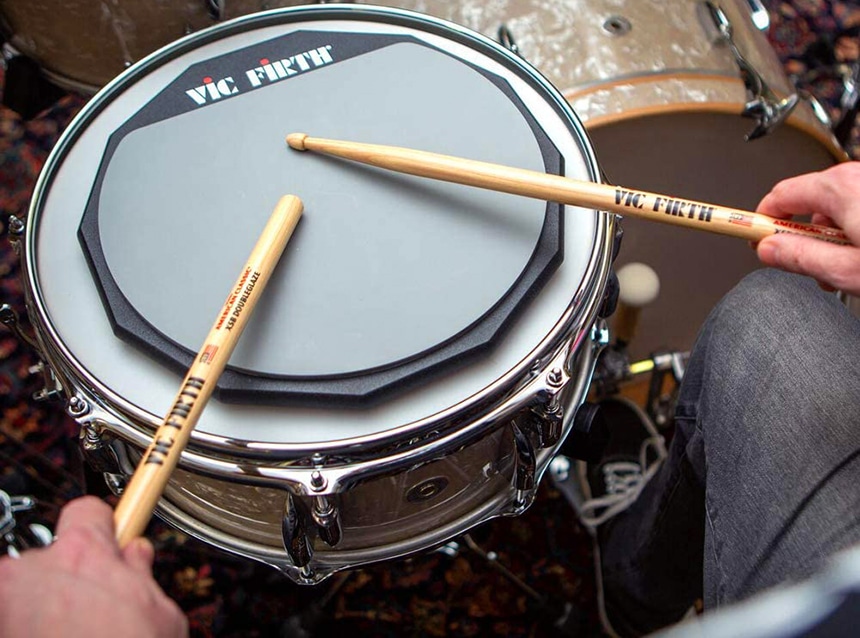
Probably the most important question to consider if you are totally new to drum practice pads. What are they? What can they do? Why do you need one if you are an aspiring drummer?
Logically, practicing the drums is quite a difficult thing to do. If you are going to play an acoustic drum kit then you will probably be playing loud, and this limits the locations and the times when you can realistically play. A drum practice pad is designed to be a way to play with virtually no noise.
Another way to do this would be to get an electronic drum kit and to play it with headphones on, but this is a very expensive way to do things, and still doesn’t really bring us the main benefit of a drum practice pad – portability.
All of the options on our list of top drum practice pad options can be easily stored and taken in a backpack to practices or to gigs, for warming up before playing the real thing or just for getting used to playing different drum patterns. Drumming is largely about rhythm and keeping time, and you don’t always need a drum kit in front of you to practice that. A tiny practice pad can do the job.
As well as being great for keeping the noise down, some of the drum pads allow you to practice in new ways with different surfaces to give the feeling of brush playing or other techniques.
Drum pads are popular among beginners and experienced drummers alike. Some beginners only have access to a drum set during their lessons. For example, if you are learning at a studio, or at school. Buying a practice pad can be a way to ensure that you can play at home.
Features to consider while choosing a drum practice pad
What should you think about when buying a practice pad? What are the key features and how can you make sure you are happy with your purchase? Below, we’ve talked about the different features of drum practice pads, these are the features we have largely used when creating our reviews, and those that you should think about.
It is natural that people think more about one type of feature rather than another, for example, you might prioritize the size of your practice pad, whereas other people might want a realistic feel.
Sound versatility
There will be some sound that comes from a practice pad, likely to be pretty quiet. A well-rounded and versatile sound that has some similarity to drum sets, such as snares and toms, can be a good way to ensure you have an ideal practice pad for your own needs.
The sound should be enjoyable as you are going to be hearing a lot of it if you want to practice to a good standard.
Size, weight and portability
The size and weight contribute to how portable your drum practice pad is. For many people, this is one of the key factors, as you will probably want to take your practice pad out and about with you. Some people are looking for the best practice pad with stand so that they can play at home, but others want something they can put in their bag and practice anywhere. There are a variety of different sizes and sounds in the list we’ve created. The Tromme Drum Practice Pad even comes with its own carry case.
Near-Quiet Performance
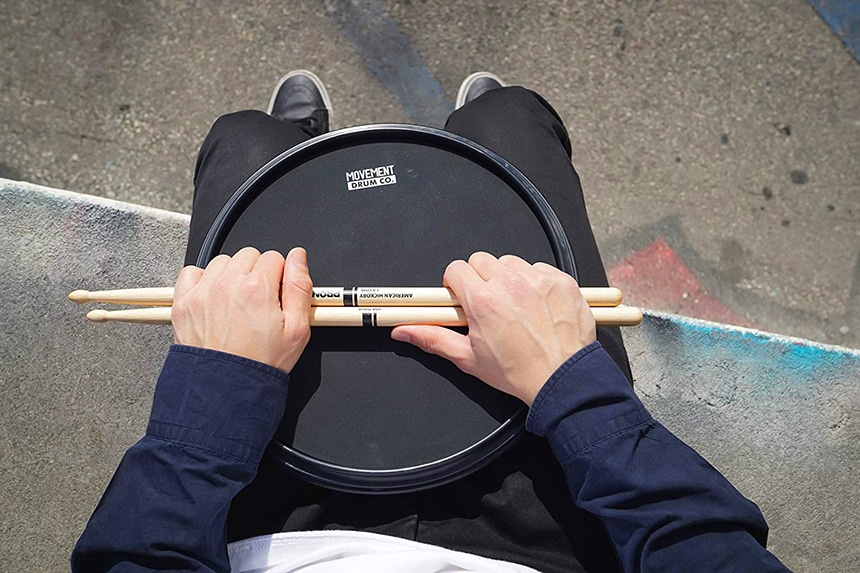
Silence is golden. Well, not total silence, of course, you still need to be able to hear what you are doing. A lot of people who are playing and practicing on drum practice pad sets are looking for something to keep the noise down, so if it makes an awful noise then it is not ideal.
You don’t want it to be totally quiet, but pretty close to silent so that you can hear, but people in other rooms cannot. This is a key function for a lot of drummers.
Material
What is the drum practice pad made out of? This is a vital feature for both the durability as well as the playability of your pad. Some are made out of silicone, for example the Movement Drum Co. model which has a clever silicone design that gives plenty of bounce and rebound, but also does a good job when it comes to durability. It is a product that can last a number of years if taken care of.
Other materials include rubber, which can have a natural bounce. For some people, this feels a bit too bouncy, and doesn’t do the best job of replicating the feel of some of the drums they will be playing.
Playing surfaces
Many of the drum practice pads offer multiple playing surfaces. This means they can replicate different drums, and different tightnesses or tunings. If you are looking for a lot of versatility, the Movement Drum Co. is top of our list as it has many different surfaces, aided by the inserts (more on this below).
If you want to practice snare rolls one day and rhythms for a tom the next, you might choose different playing surfaces.
Insert
Inserts are another way to alter the sound and the feel of a practice pad. Different inserts have very different feels and bounces to them, and some models include these inserts to give more versatility to their drums. For example, the RealFeel by Evans Practice Pad comes with a gum rubber insert that gives a realistic bounce and means that when you eventually move over to playing on a drum set, you won’t have to totally adjust your technique.
Some inserts are for more specialist use, for example, the Movement Drum Co. even has a soft rubber that can make it harder to play, and this can lead to building up your muscles.
Base
What sort of base does the drum practice pad have? It is best to find a base that is non-slip if you are planning to practice on a surface such as a table. Otherwise, you will find you have to mount it solidly on a cymbal stand, something you might have to buy separately.
Rim
Some have a rim, some don’t. Playing using the rims is a skill a lot of genres utilize and many drummers love to learn. If you are looking to play using the rims then a model like the Remo RT-0010-00 can be a good way to get a feel for this. You simply hit the edge or rim of the drum rather than the middle section.
Extras
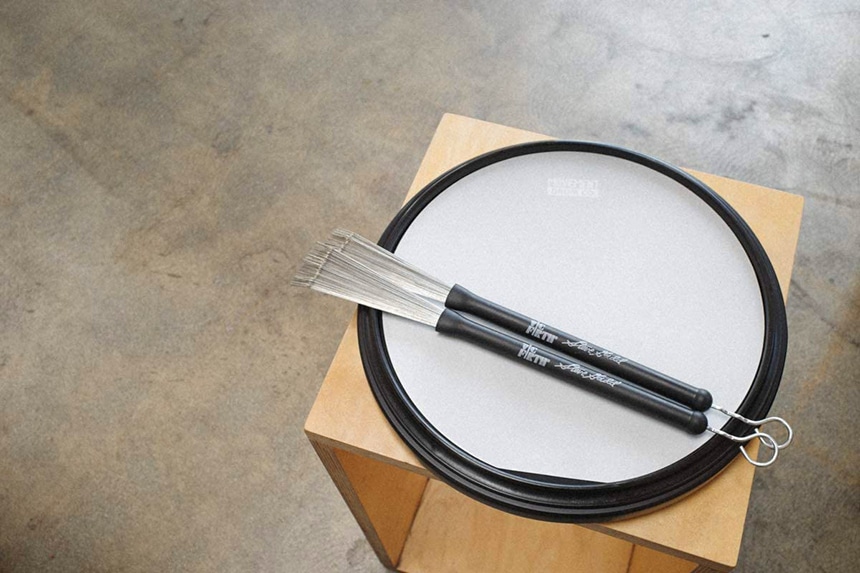
Added extras besides the inserts are rare, but it is possible to find them. The Tromme Drum Practice Pad has a carry case, and comes with drumsticks, as some of the other models do. This is a bonus feature.
Durability
Naturally, you will want a product that is built to last. As well as being portable, they should be able to stand up to taking a hammering on a regular basis. All of the models on the list are pretty durable, and can be played for a long time without being damaged.
If you are worried, you should look for a longer warranty…
Warranty
Because these types of drum pads take a hell of a beating over time, it makes sense to get a longer warranty if you can. Some models give a 30-day return policy. The Tromme Drum Practice Pad is an example of a “satisfaction guarantee”.
Price
Most products on the list are available under $50. You can find cheaper options for around $20, and our value choice and budget pick are good for those wanting to save some money. Naturally, for a bigger pad with more inserts, you might pay a bit more.





